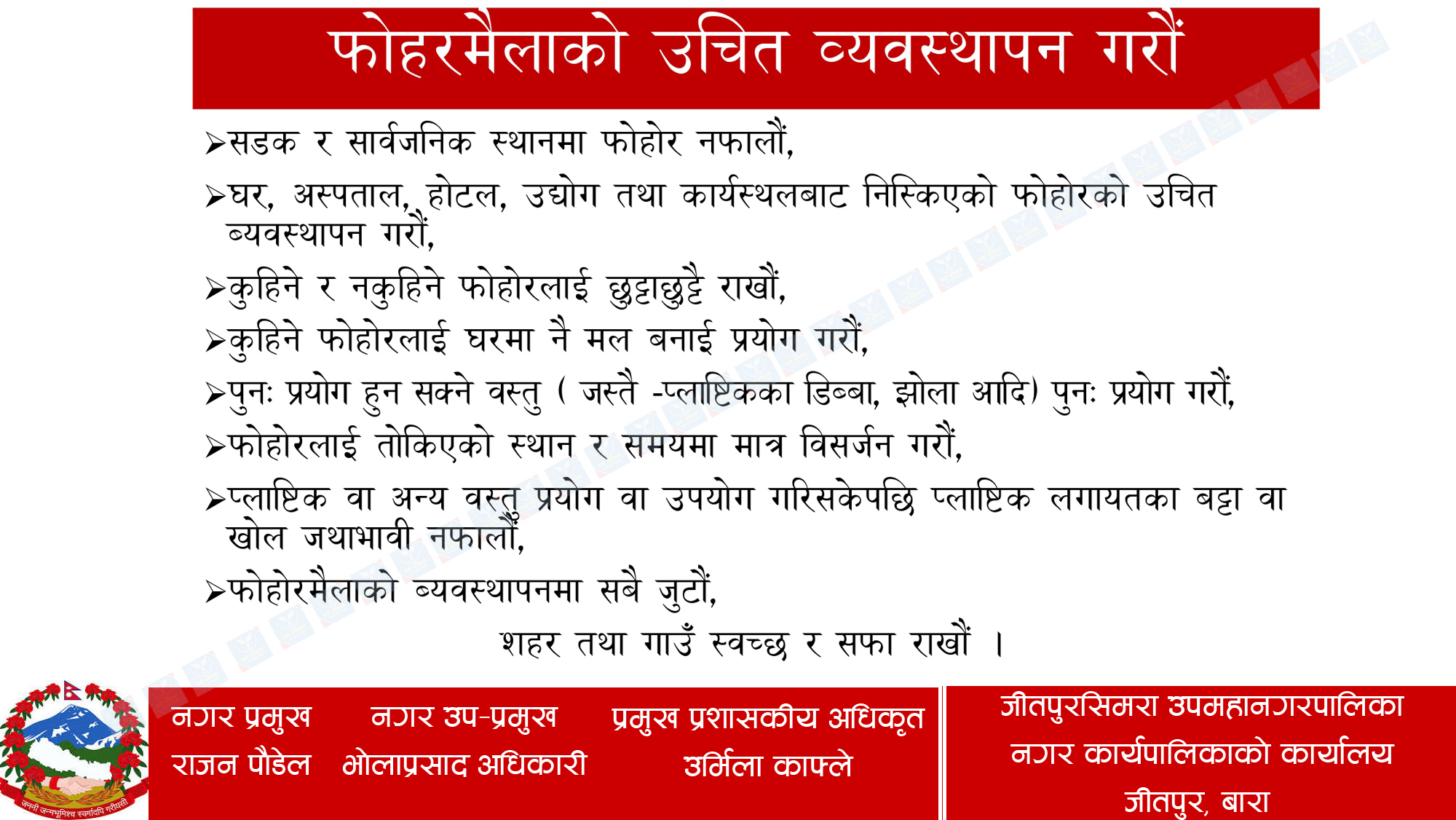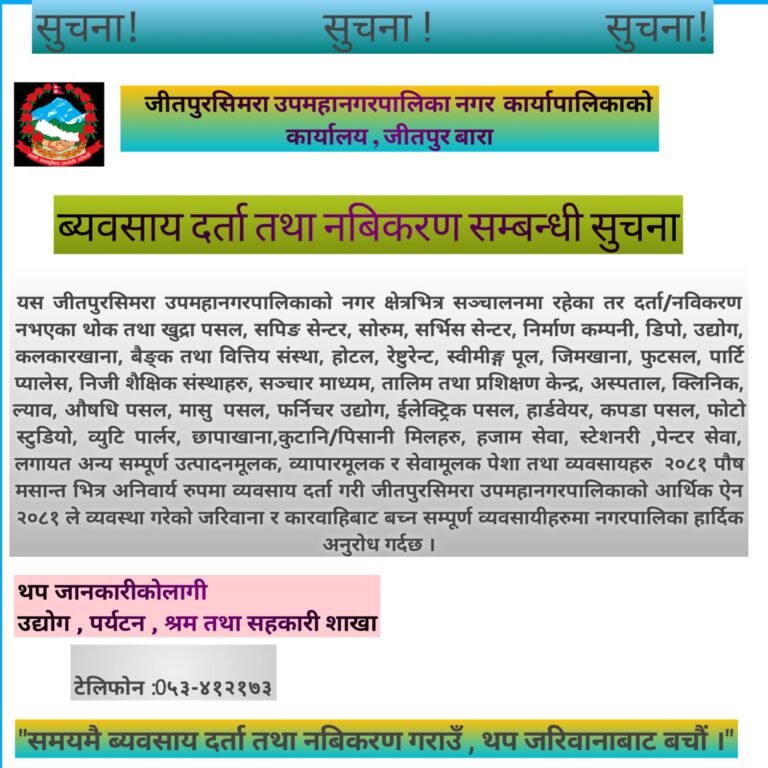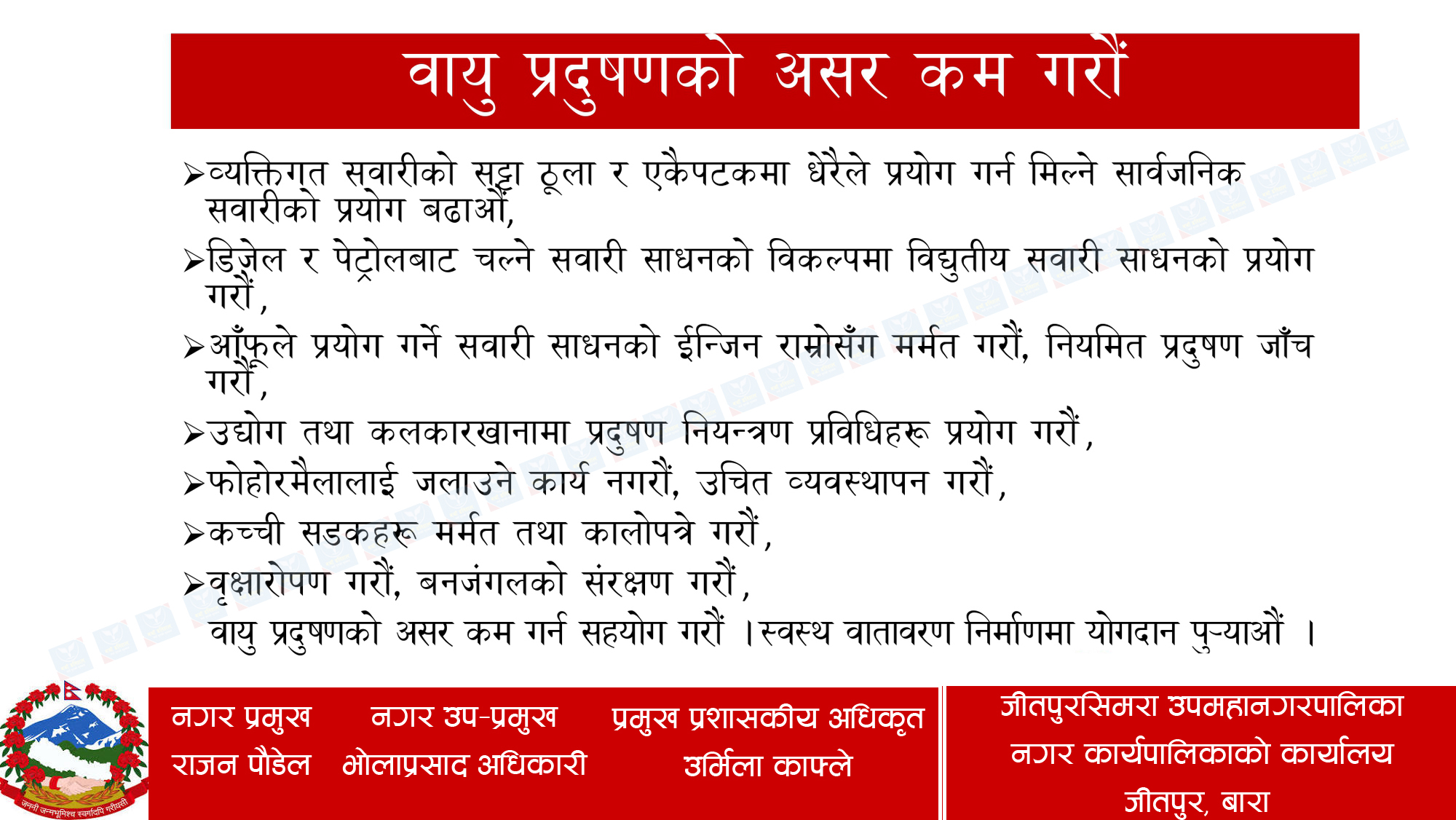India's decision to halt rice exports has the potential to deliver a severe blow to the ongoing global food crisis. On July 20, India implemented a ban on the export of non-Basmati white rice in an effort to control the surging domestic rice prices.
The ban was triggered by reports and videos depicting rice shortages in Indian grocery stores in the US and Canada. Consequently, this export restriction has caused rice prices, along with other essential food items, to soar in various countries across the world.
While there exist numerous varieties of rice grown and consumed worldwide, four main groups are prominently traded internationally. Among them, the thin long grain indica rice commands a significant share of the global trade. Other major players include fragrant rice, such as Basmati, and short-grain japonica rice, commonly used in sushi and risottos, as well as glutinous or sticky rice, often employed in desserts.
India stands as the world's foremost rice exporter, accounting for approximately 40 percent of the global grain trade. Alongside India, other leading rice exporters include Thailand, Vietnam, Pakistan, and the USA. Notable rice buyers encompass countries like China, the Philippines, and Nigeria.
Additionally, Indonesia and Bangladesh are considered swing buyers, augmenting their rice imports during periods of insufficient domestic supply. Furthermore, regions like Africa, Cuba, and Panama heavily rely on rice consumption as a primary energy source.
In the last fiscal year, India exported a staggering 220 million tonnes of rice to 140 countries, with 6 million tonnes consisting of relatively inexpensive indicia white rice. At that time, the estimated global trade in rice amounted to 56 million tonnes.
Indica rice holds a 70 percent share of the global trade in white rice, which India has now ceased exporting. This new restriction follows a previous ban on broken rice exports in the last fiscal year and a 20 percent tariff imposed on exports of non-Basmati rice.
There are fears that the ban will lead to a rise in global food prices.
The export ban on rice in July has raised worries about the cost of rice worldwide. An expert from the International Monetary Fund (IMF), Pierre-Olivier Gourinchas, predicts that this ban could cause rice prices to go up, possibly leading to a 15 percent increase in global food prices this year.
In India, the cost of food has been going up since last year, and the price of rice within the country has risen by more than 30 percent since last October. This increase in food prices has put pressure on the government, especially with general elections coming up next year. Additionally, the rising cost of living, along with several important elections at the federal level in the coming months, is a big challenge for the government to handle.










